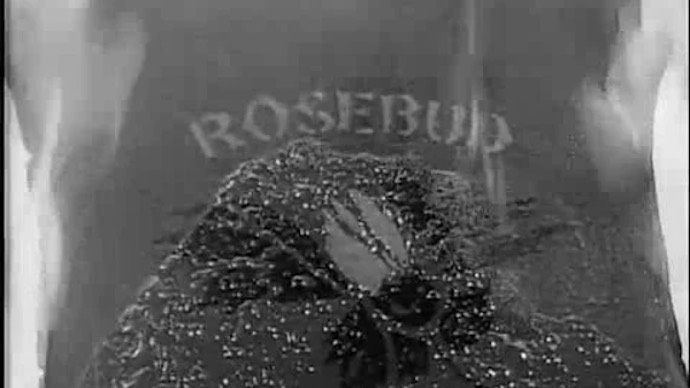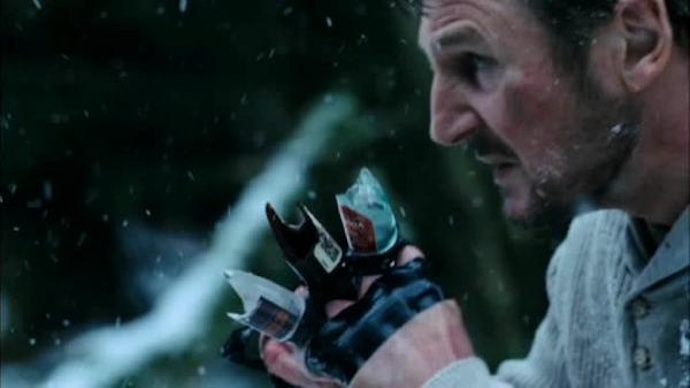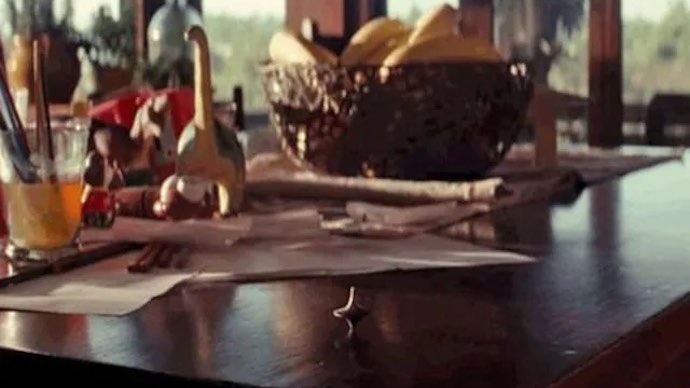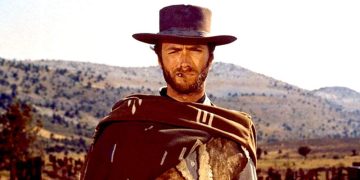We've all gone through it: the credits start rolling at the end of a film and the only thing you're feeling is post-climax confusion. You lean over to your buddy and ask what the heck just happened, and they shrug back at you, equally perplexed.
Some movie directors are infamous for this—like David Lynch, who's a master at making you think hard about his films long after you've left the theater. His movies inspire a kind of confusion that compels you toward deep investigation and reflection.
But few directors are like Lynch. Most directors set out to evoke a specific emotion or leave you with a particular message in mind with the way their movies wrap up. Of course, interpretations may vary from viewer to viewer, and that itself can lead to confusion.
A handful of legendary movies capped off with endings that left audiences shocked and baffled as to their true meanings—to the point where many of those film endings remain misunderstood to this day.
Here are some of the most misunderstood movie endings in cinema history and what those endings actually mean.
5. Citizen Kane (1941)

Citizen Kane is the one film that most can agree on as being the best and most influential film ever made. Orson Welles' masterpiece has endured 80 years and remains the pinnacle of cinema. However, debate rages on as to the meaning of its final scene.
After Kane's death, his possessions at Xanadu are sorted and many of those items are destroyed in the furnace, leaving the mystery of his final words ("Rosebud") seemingly lost forever.
But then, we see his childhood sled—the one he had played with before being taken away from his family—also tossed into the flames, and that sled's name reading "Rosebud."
So what does this all mean? It's linked to Kane's halcyon days playing in the snow as a boy: Rosebud is a symbol of Kane's youth and innocence. With it being tossed into the furnace and incinerated, Welles is showing us Kane's lost youth and innocence.
Some still argue and believe it to be linked to the death of his son. However, with how much Citizen Kane stays fixed on his own life throughout the narrative, the son theory is really a non-starter.
4. The Grey (2011)

Seeing a showdown between Liam Neeson and a wolf in The Grey is why we came to the theater, but what we ended up with was a profound look at existential humanity against the warring brutality of nature.
The final shot in The Grey finds Neeson's John Ottway in the wolf den after he accidentally led himself and his team there through the snow, and now they're facing down the pack leader.
As he straps a knife to one hand and broken bottles to his other, preparing for the brutal fight ahead, the screen cuts to black.
We never see the battle between Neeson and the wolf. The film only gives us a brief hint at the outcome when we see Ottway and the wolf collapsed together in a singular shot at the end of the credits.
The Grey had little to do with violence, and understanding that is everything in understanding the meaning of the movie.
The Grey's ending shows us that it never cared about whether Ottway or the wolf would win in a showdown. Instead, all that mattered was how the survival instinct remained in Ottway even to the end of his journey, with Ottway's spirituality broken by the silence.
3. Inception (2010)

Christopher Nolan's Inception left audiences with an itch. We'd witnessed Cobb and his crew pull off the last dream heist, but then we were challenged in the final shot as Cobb's totem continued spinning on his table. Was this reality or was this still a dream?
As the screen cuts to black, it seems as if Cobb hadn't considered whether Mal may have been right—that he may still be dreaming. But the point of the last shot wasn't to frustrate us with ambiguity; it was meant as a sign that Cobb had accepted this as his reality.
Christopher Nolan spoke of this during an interview, saying that he felt Cobb had found his way home, but whether or not it really was Cobb's actual home was left up to the viewer.
Furthermore, Michael Caine went one step further by telling a journalist that the totem indeed fell after the scene cut to black.
2. The Searchers (1956)

Often included in lists of the best films ever made, The Searchers tells the story of Ethan Edwards, a former soldier in the Civil War who has to team up with his naive nephew to search and find his niece after a brutal Indian attack on their home.
After years of searching, they finally find Debbie. Ethan shows her that he remembers how he used to pick her up when she was small, then tells her that he'll take her home.
The end of The Searchers shows us the return of John Wayne's ruthless Ethan Edwards with Debbie and his nephew. However, when they get home, the whole family takes Debbie inside the homestead... and Ethan remains outside.
Wayne's final shot sees him as a delicate figure who looks lost, and that was the entire point. The brutal Ethan Edwards cannot accept the new world to come; he's a relic of the Civil War who's left to drift the arid lands forever as a soul long turned sour by war.
1. The Shining (1980)

When people think of The Shining, they think of two things: Jack Nicholson's madness and the revelation of the final shot.
After Nicholson's Jack Torrance is lost in the snowy maze and left to die by his small son, Danny—who escapes with his mother—the film creeps slowly through the hallway of the Overlook Hotel. It's a hallway we've seen many times throughout, but it settles on a new picture.
The picture shows a group of partygoers in the Overlook Hotel from decades earlier. They're all smiling at the camera... and in the middle of the entire group is Jack Nicholson's face.
It's a shot that sends chills down the spine—and raises all kinds of questions. The meaning of this final shot has confused audiences for decades since The Shining came out.
Why is he in the photo? How is he in the photo? The mystery still lives on after all these years, but the prevailing thought is that Jack Torrance was always at the hotel, always a part of the staff, and destined to always return to the hotel in the years to come.





